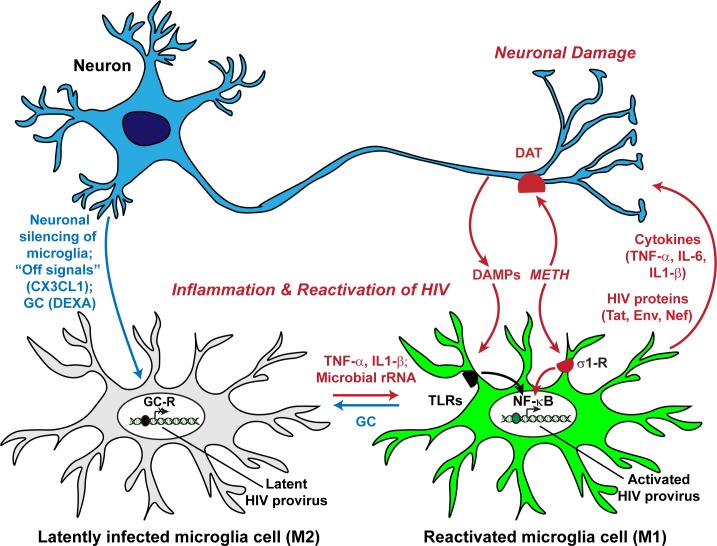Fig 12. Disruption of microglial cell-neuron communication drives HIV replication in the brain and leads to neuronal degeneration.
Healthy neurons suppress HIV expression in microglia. Although the mechanisms are not fully understood, HIV silencing correlates with establishment of a resting (M0) state. This is likely to be mediated by glucocorticoids (GC) and the fractalkine (CX3CL1) system. Inflammatory cytokines such as TNF-α and IL-1β, or TLR agonists such as LPS and microbial metabolites, including rRNA fragments, activate microglia (M1) and induce HIV transcription. The production of inflammatory cytokines and HIV proteins then leads to further neuronal damage. METH, acting through the σ1R receptor on microglia and DAT on neurons, works in concert with the pro-inflammatory agents to further disrupt normal cell physiology and enhance HIV transcription. Thus, inflammation can initiate a vicious cycle of neuronal damage/microglial cell activation leading to HIV reactivation.

